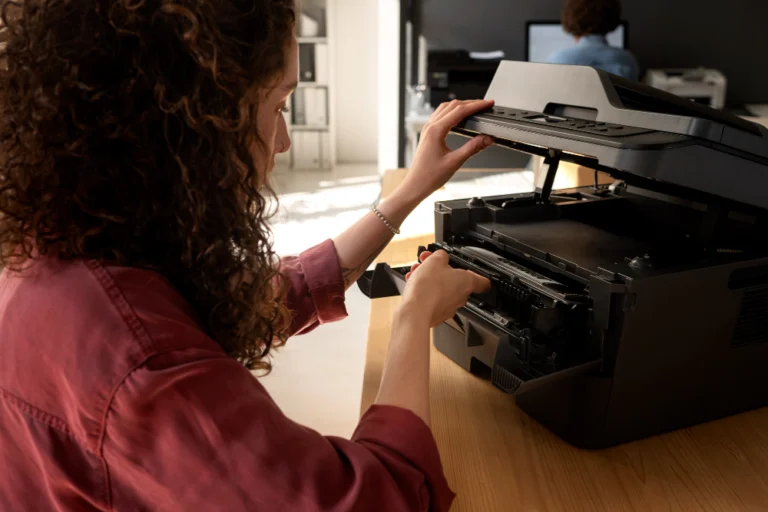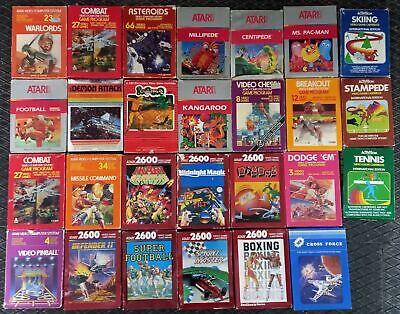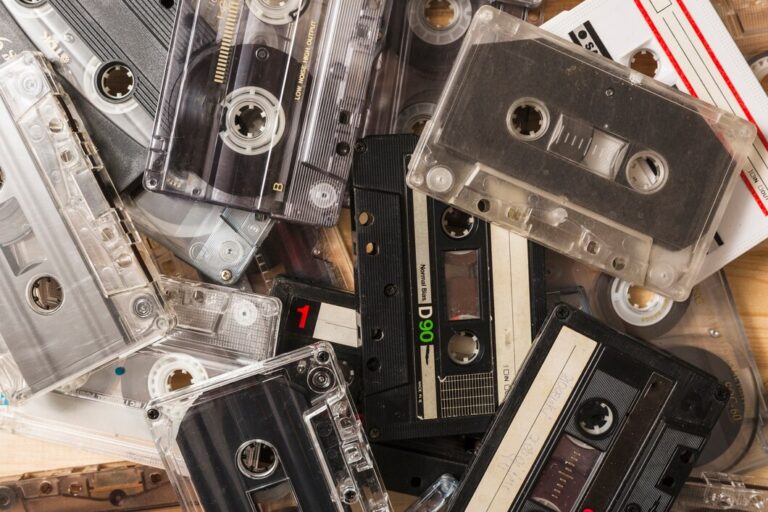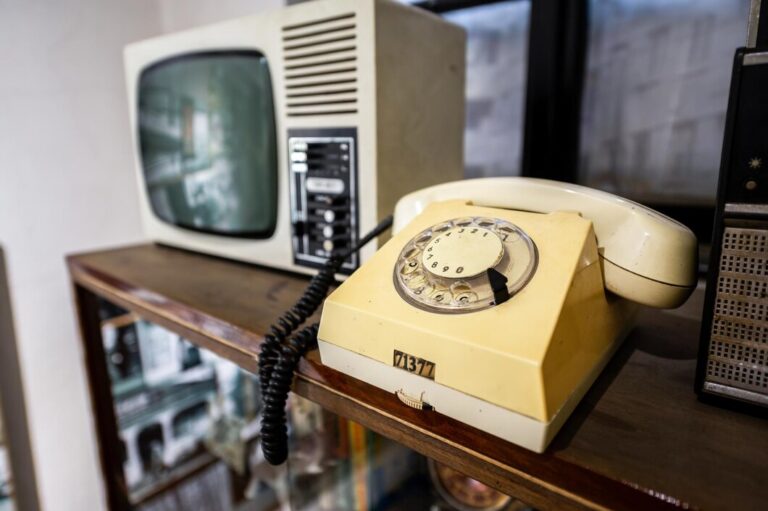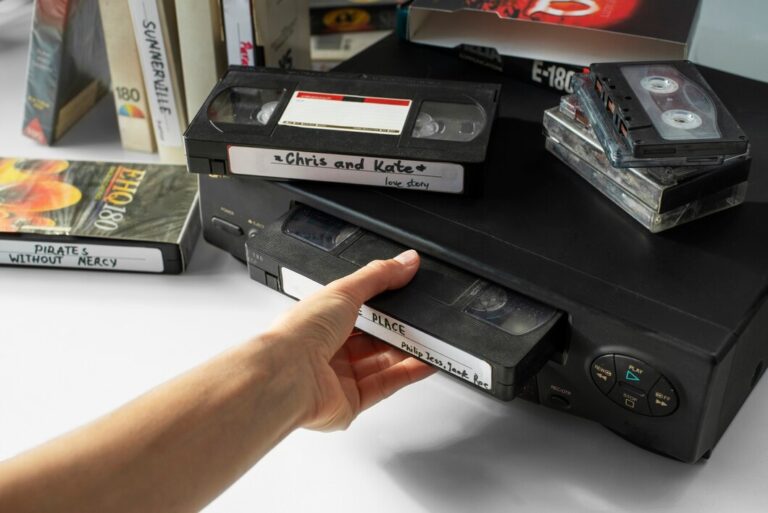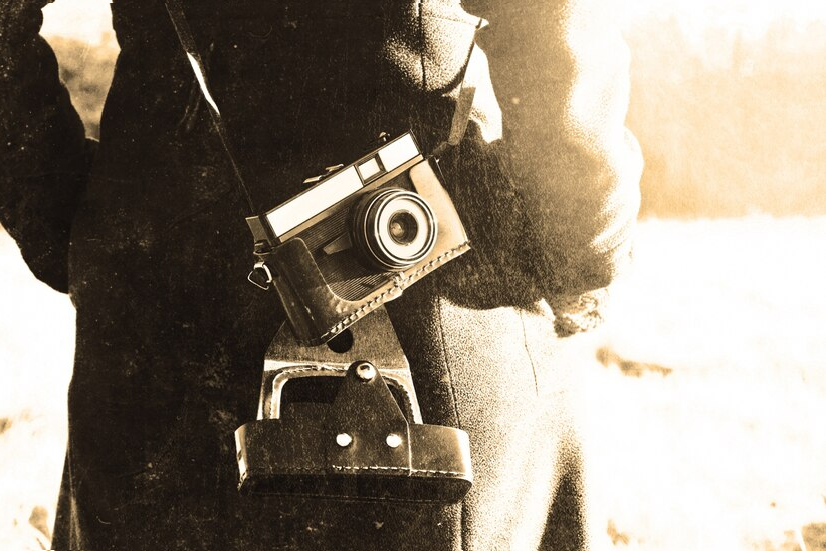
In the middle of 2025, we find ourselves living in a world of almost unimaginable technological seamlessness. Our music streams from an invisible cloud, our photographs are infinite and intangible, and our communication is instant and constant. The digital revolution has delivered on its promise of a frictionless, efficient, and interconnected world. Yet, amidst this sleek perfection, a fascinating and counter-intuitive trend is taking root. A growing number of people are intentionally seeking out the friction, the inefficiency, and the tangible, physical nature of analog technologies.This is not a simple case of nostalgia or a Luddite rejection of progress.
It is a conscious and deliberate movement towards a more mindful and intentional relationship with the tools we use. In a world that is constantly pulling our attention in a thousand different directions, these analog devices offer a powerful antidote. They force us to slow down, to be present, and to engage our senses in a way that the smooth, silent world of glass screens often cannot.
This is an exploration of that powerful intersection where old meets new. We will look at three key examples—the mechanical keyboard, the analog camera, and the vinyl record—to understand how these relics from a bygone era are being used to craft deeply mindful experiences in our digital lives.

The Allure of the Analog: Why We Crave Imperfection and Tactility
Before we dive into the specific gadgets, it’s worth asking: why this pull towards the past? The allure of analog technology in a digital age is rooted in a deep human need for things the digital world has, in its quest for perfection, largely eliminated.
First, there is the joy of process. The digital world is defined by instantaneous results. We tap, and we get. Analog technologies, in contrast, are all about the process. There is a ritual to loading a roll of film into a camera, a deliberate act in placing a needle on a record, a physical rhythm to typing on a mechanical keyboard. This friction, this required effort, makes the final outcome—the photograph, the song, the written paragraph—feel more earned, more valuable, and more deeply our own.
Second, there is the power of sensory engagement. Our interaction with a smartphone is primarily visual and involves a single, repetitive gesture: the swipe. Analog technologies engage a far richer palette of our senses. It’s the satisfying clack and tactile bump of a keyboard switch, the distinct chemical smell of a darkroom, the warm, rich, and imperfect crackle of a vinyl record. These sensory details make the experience more memorable and more deeply human.
Finally, these technologies are a form of digital detox by design. They are, for the most part, single-purpose devices. When you are using them, you are not being bombarded by notifications or tempted by the endless rabbit hole of the internet. They create a natural, protected bubble of focus, forcing us to slow down and be fully present in a single, mindful activity.
The Rhythmic Click: Mechanical Keyboards in the Digital Workspace
Picture a modern, minimalist workspace in 2025. At the center of it, connected to a sleek, powerful computer, is a surprisingly chunky, high-profile, and distinctly noisy keyboard. This is the world of the mechanical keyboard, one of the most vibrant examples of old tech finding a new and passionate following. Unlike the mushy, silent membrane keyboards that are standard today, a mechanical keyboard has an individual, spring-loaded mechanical switch under every single key.
The appeal of mechanical keyboards is not about nostalgia for old office equipment; it is about transforming the mundane act of typing into a deeply satisfying and mindful experience. The magic lies in the tactile and auditory feedback. Each keystroke provides a distinct physical bump or a satisfying “click-clack,” confirming the actuation.
This turns typing from a numb, disconnected action into a rhythmic, percussive activity. For writers, coders, and anyone who spends their day in front of a screen, this can be transformative. The deliberate nature of the typing encourages more thoughtful composition, and the rhythmic sound can create a “bubble” of concentration, helping to drown out external distractions and foster a state of deep work, or “flow.”
The modern twist is the incredible culture of customization that has sprung up around these devices. Enthusiasts can choose from dozens of different switch types—clicky, tactile, or smooth linear—to perfectly match their preference.
They can collect and swap out elaborate, artfully designed keycaps, turning their keyboard from a simple input device into a unique and personal piece of functional art. It is the perfect fusion of old-school, satisfying mechanics and modern, individual expression.

Capturing Moments, Not Data: The Return of Analog Cameras
In an age where our smartphones can hold tens of thousands of flawless, high-resolution photos at no cost, the idea of using a camera with a roll of film that can only take 24 or 36 pictures seems absurd. Yet, there is a powerful and growing movement of photographers, both amateur and professional, who are embracing the limitations and the beauty of analog cameras.
The appeal of shooting on film is a direct response to the thoughtless abundance of digital photography. When you have a functionally infinite number of shots, each individual shot becomes less valuable. Film reintroduces the concept of scarcity, and with it, intentionality.
With only a limited number of exposures, you are forced to slow down. You have to think carefully about the moment, the composition, the light. You are not just endlessly snapping away, hoping to get a good shot; you are mindfully making a photograph. Each press of the shutter is a deliberate and meaningful choice.
Furthermore, analog photography brings back the lost art of anticipation. There is no instant preview on a screen. The moment between taking the photo and seeing the final, developed print is a period of wonder and excitement. This delay makes the final image feel more precious.
The end result is not just a file to be lost in a digital folder; it is a physical negative and a tangible print—a unique, one-of-a-kind artifact of a moment in time. It is a more deliberate, more permanent, and ultimately more mindful way of documenting our lives.

The Warmth of the Groove: Vinyl Use in Crafting Mindful Tech Experiences
Perhaps no analog technology has experienced a more dramatic and celebrated comeback than the vinyl record. In an era dominated by the convenience of streaming, the seemingly impractical ritual of playing a record has captured the hearts of a new generation. The reason lies in its power to transform music listening from a passive, background activity into an active, immersive, and mindful experience.
The entire experience of using a turntable has a distinctly ceremonial quality to it. You must carefully remove the large disc from its beautifully designed sleeve, gently clean it of any dust, place it on the turntable, and delicately lower the needle into the groove. This entire process demands your presence and your attention. It is a quiet ceremony that prepares you to do one thing: listen.
This is the core of vinyl use in crafting mindful tech experiences. The format encourages you to listen to an album as a complete, cohesive work of art, from start to finish, in the order the artist intended. It is the perfect antidote to the fragmented, single-track, shuffle-driven culture of digital playlists.
The celebrated “warmth” of the vinyl sound, with its subtle imperfections and rich analog depth, provides an audio experience that many find to be more engaging and less fatiguing than the crisp, clean perfection of digital audio.
Conclusion: The Analog Heart in a Digital Body
The modern resurgence of mechanical keyboards, analog cameras, and vinyl records is far more than a passing fad. It is a meaningful response to the excesses of our digital world. It is a collective recognition that in our quest for frictionless perfection and instant gratification, we may have lost something valuable along the way: the joy of process, the depth of a multi-sensory experience and the tranquility that comes from deep concentration.
This movement is not about rejecting the future; it is about enriching the present. It’s about understanding that the ultimate form of a balanced life in 2025 is not about choosing between the old and the new, but about wisely and intentionally curating a blend of both. It is about using the lessons of our analog past to live a more mindful, more tangible, and more deeply human life in our digital world.

